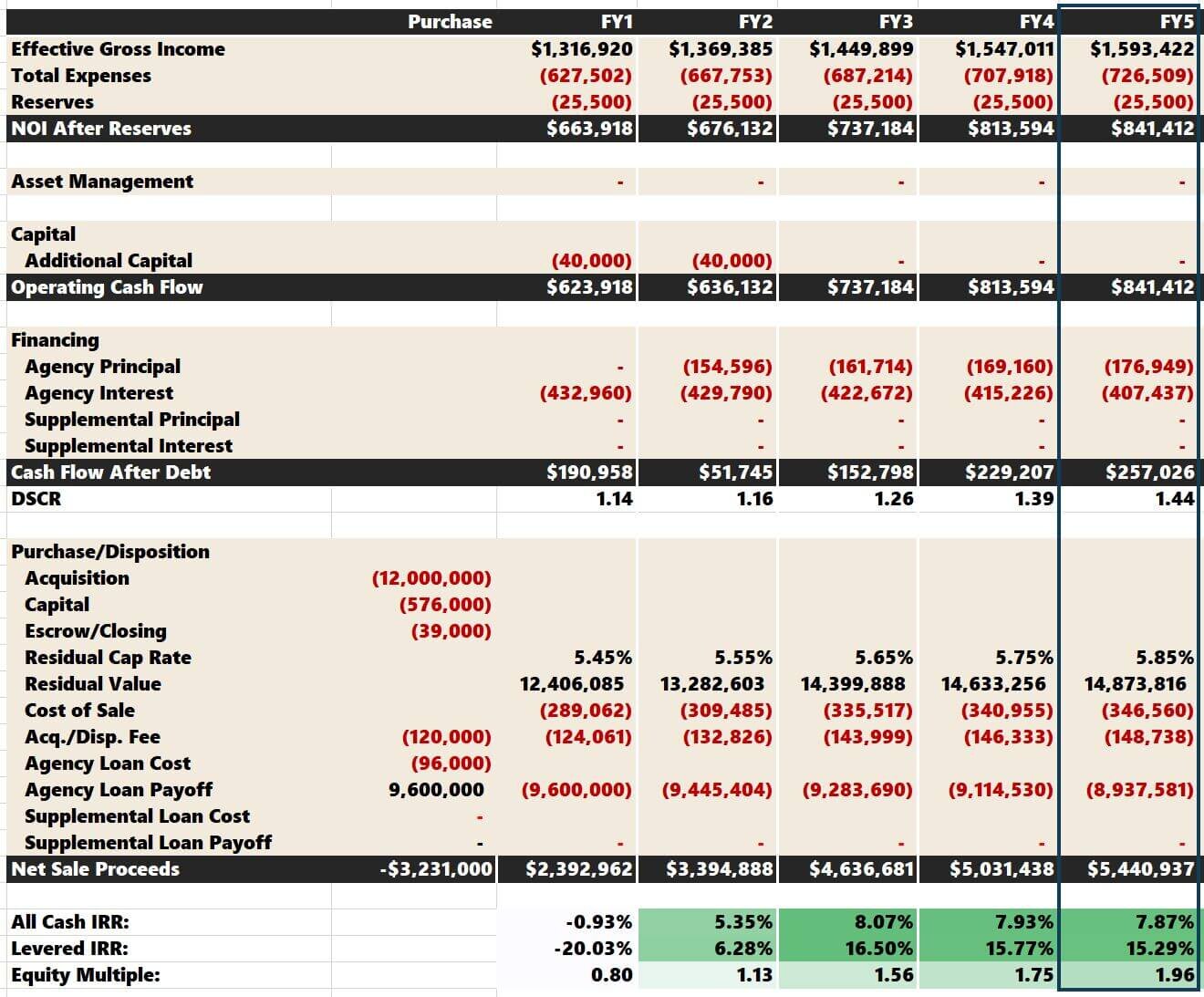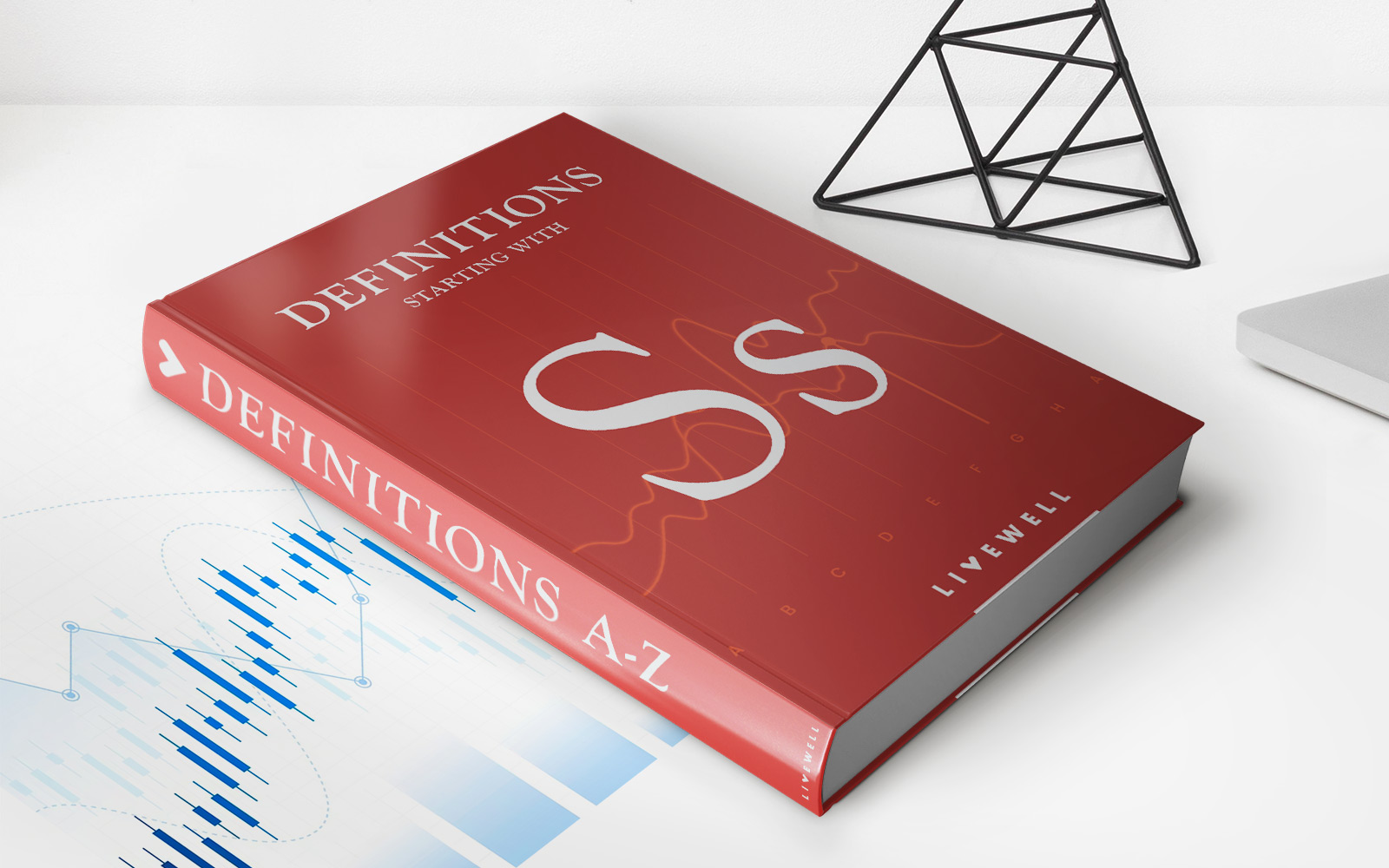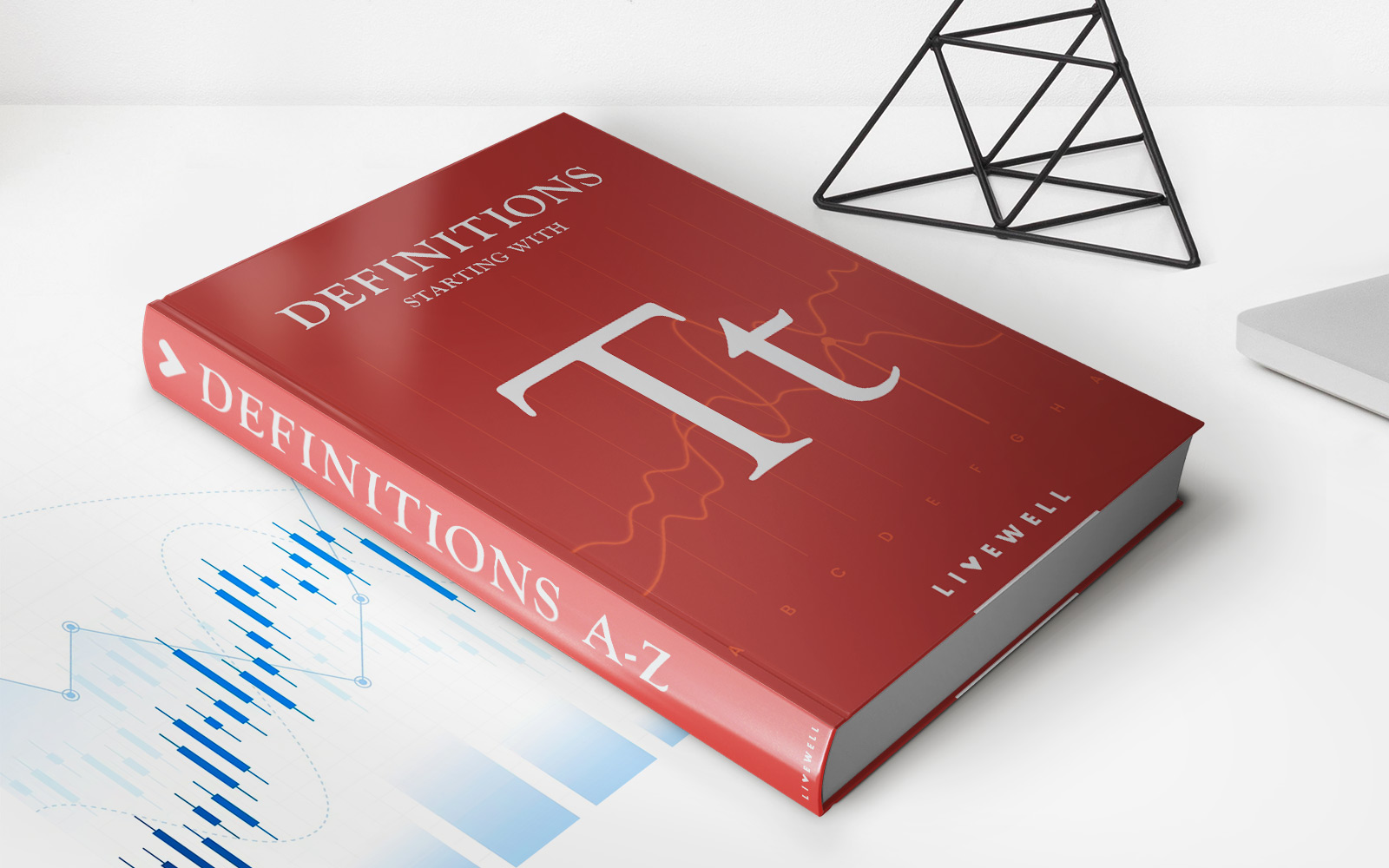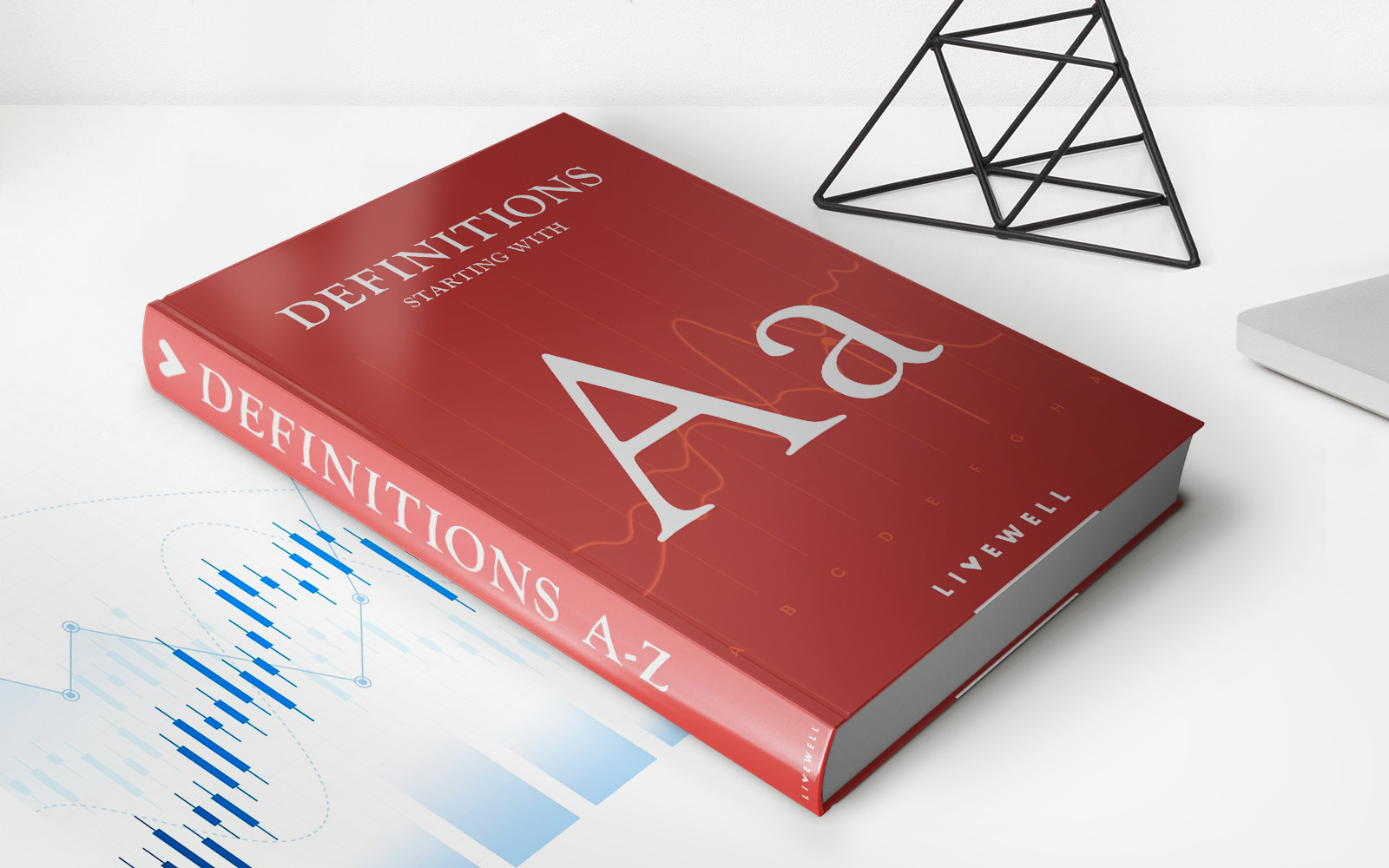Home>Finance>What Is Appurtenance? Definition, Uses In Real Estate And Example
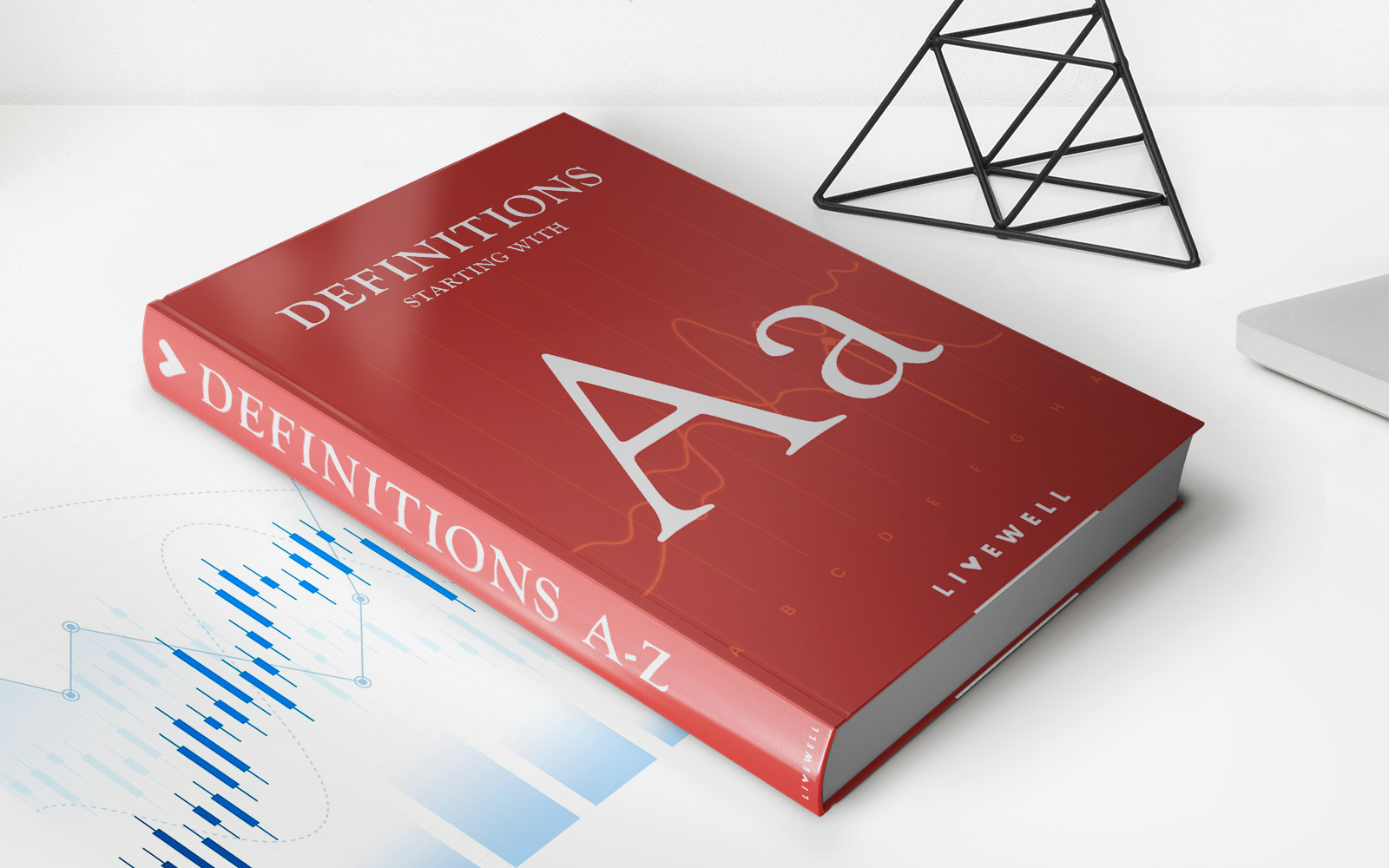

Finance
What Is Appurtenance? Definition, Uses In Real Estate And Example
Published: October 8, 2023
Learn the definition and uses of appurtenance in real estate finance, as well as an example. Enhance your understanding of this crucial concept.
(Many of the links in this article redirect to a specific reviewed product. Your purchase of these products through affiliate links helps to generate commission for LiveWell, at no extra cost. Learn more)
Understanding Appurtenance in Real Estate: Definition, Uses, and Examples
When it comes to real estate, there are several terms and concepts that can be quite confusing. One such term is appurtenance. You may have come across this term in legal documents or discussions related to property. In this blog post, we will demystify the concept of appurtenance, explaining its definition, uses in real estate, and providing a real-life example.
Key Takeaways:
- Appurtenance refers to the rights, privileges, or attachments that are associated with a property and transfer with it when ownership changes.
- These appurtenances can include anything that enhances the use or enjoyment of the property, such as easements, water rights, or parking spaces.
So, what exactly is appurtenance? In simple terms, it refers to the rights, privileges, or attachments that are associated with a property and transfer with it when ownership changes. These appurtenances can include anything that enhances the use or enjoyment of the property. They are typically included in the property deed or legal documents related to the property.
Let’s delve deeper into the uses of appurtenance in real estate:
- Easements: One of the most common examples of appurtenance is an easement. An easement grants someone the right to use a specific part of another person’s property for a particular purpose. For instance, a neighboring property may have an easement allowing them to access the main road by crossing a portion of your property.
- Water Rights: In regions where water scarcity is an issue, water rights are often considered appurtenances. These rights grant the owner of the property the exclusive use of a water source, such as a well or a stream. These rights can be valuable in areas where water is a limited resource.
- Parking Spaces: In urban areas or large residential complexes, parking spaces can be considered appurtenances. These designated spaces are associated with specific properties and are often deeded with the property itself. This means that when ownership of the property changes, the parking space goes along with it.
Now, let’s look at an example to better understand how appurtenance works in real estate:
Imagine you are purchasing a house in a neighborhood where there is a shared access road. The road is used by all the homeowners in the neighborhood to reach their properties. In this case, the right to use the access road is considered an appurtenance. When you purchase the house, the right to use the access road will automatically transfer to you. You will have the same rights and privileges as the previous owner did.
In conclusion, appurtenance is an important concept in real estate that refers to the additional rights, privileges, or attachments associated with a property. Understanding appurtenance is crucial when buying or selling a property as it ensures that all relevant rights and interests are properly transferred. By being aware of the various appurtenances that can exist, you can make informed decisions and navigate the real estate market more effectively.
So, the next time you come across the term “appurtenance” in a real estate context, you’ll have a clear understanding of what it means and its significance in property transactions.
